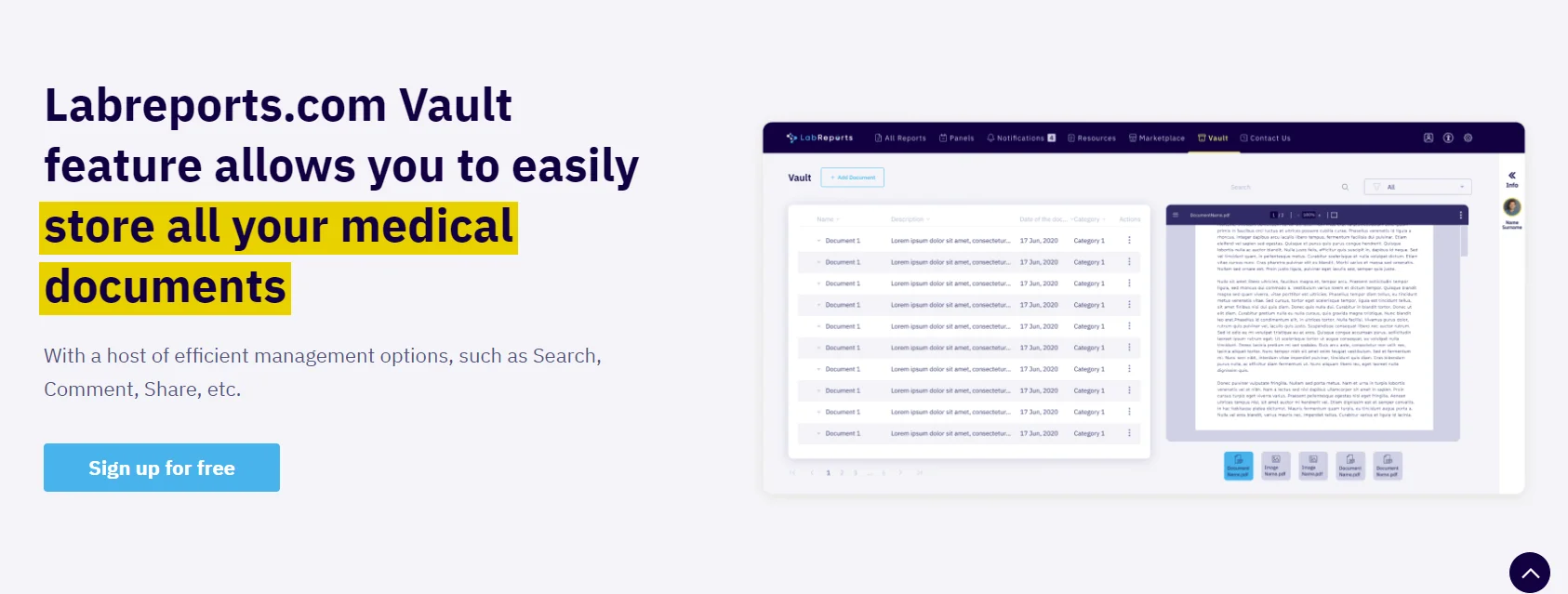Warning: Trying to access array offset on value of type bool in /var/www/wp-content/themes/enfold/framework/php/function-set-avia-frontend.php on line 536
What Is DevOps? The Ultimate Guide
Seventy percent of companies now use more than one database in their stack. Styles are diverging, too, as non-relational databases like NoSQL gain favor, and new open-source databases emerge to fit niche circumstances. All of this means database operators may require an increased emphasis on database DevOps to handle additional complexity.
However, the report dives deeper into the types of automation and makes a distinction between them. It would help to further define your organization as low, true, or high-mid for greater clarity on what you need to work towards. The report offers numerous ideas on how to reach higher levels of maturity.
Two types of teams: Stream-aligned, platform
Monitoring and logging practices help you stay informed of performance in real-time. Increase the frequency and pace of releases so you can innovate and improve your product faster. The quicker you can release new features and fix bugs, the faster you can respond to your customers’ needs and build competitive advantage. Continuous integration and continuous delivery are practices that automate the software release process, from build to deploy. By integrating security into a continuous integration, continuous delivery, and continuous deployment pipeline, DevSecOps is an active, integrated part of the development process.

Agile greased the wheels and got people thinking about better ways; we all knew the weaknesses of how we were doing things, and DevOps gave us an option that addressed those weaknesses. To align software to expectations, developers and stakeholders communicate about the project, and developers work on small updates that go live independently of each other. Some IT professionals believe that the simple combination of Dev and Ops is not enough, and the term DevOps should explicitly include business (BizDevOps), security (DevSecOps) or other areas. With this in mind, Google Cloud’s DevOps Research and Assessment (DORA) team decided to focus on security for the 2022 Accelerate State of DevOps Report, which is out today. In the self-service phase, IT practice occurs throughout an organization and may not be limited to one cost center. This allows for advances within the organization that streamline self-service.
Steps to successful DevOps adoption
The State of DevOps report released by Puppet each year is a great indicator of the pulse of the DevOps movement at the time. In its 10th edition this year, the report has continued to focus on the key challenges faced by organizations and solutions to them. This year, the report digs deeper https://www.globalcloudteam.com/ into these issues and provides great insight for organizations that want to move to higher levels of DevOps maturity. Access an exclusive Gartner analyst report and learn how AI for IT improves business outcomes, leads to increased revenue, and lowers both cost and risk for organizations.

DevSecOps emerged as a specific effort to integrate and automate security as originally intended. In DevSecOps, security is a “first class” citizen and stakeholder along with development and Operations, and brings security into the development process with a product focus. To operate optimally, DevOps must fuse both technical techniques and cultural practices in a manner that elicits cooperation and collaboration among key stakeholders. End-to-end system testing used to verify that changes made to the system or applications didn’t negatively impact or disrupt existing functionality. Cloud-based platforms enable their clients to deploy applications on a pay-as-you-go basis, without bothering about the underlying OS-infrastructure.
The DevOps Institute’s Upskilling IT Report
However, the combination of microservices and increased release frequency leads to significantly more deployments which can present operational challenges. Thus, DevOps practices like continuous integration and continuous delivery solve these issues and let organizations deliver rapidly in a safe and reliable manner. Infrastructure automation practices, like infrastructure as code and configuration management, help to keep computing resources elastic and responsive to frequent changes. In addition, the use of monitoring and logging helps engineers track the performance of applications and infrastructure so they can react quickly to problems. Chief among these methodologies are continuous integration and continuous delivery, or CI/CD. In CI/CD smaller chunks of new code are merged into the code base every one or two weeks, and then automatically integrated, tested and prepared for deployment to the production environment.

There is risk to moving fast and people want to feel safe and not feel like their job is always on the line. DevOps engineers require knowledge of a range of programming languages and a strong set of communication skills to be able to collaborate among engineering and business groups. There is a growing amount of hand-wringing about the state of DevOps; that adoption is not progressing apace, or that the full benefits of the methodology are not being realized by the majority of adherents. There are no industrywide recognized DevOps certifications as there are for formalized frameworks such as ITIL. IBM Red Hat offers DevOps certification, while DevOps Institute has vendor-neutral options for levels from foundational knowledge to expert. The concept of DevOps was then popularized with the book The Phoenix Project in 2013.
Wrapping up DevOps
Organizations using a DevOps model, regardless of their organizational structure, have teams that view the entire development and infrastructure lifecycle as part of their responsibilities. An essential practice of DevOps is to automate as much of the software development lifecycle as possible. Automation is a key element of a CI/CD pipeline and helps to reduce human errors and increase team productivity. With automated processes, teams achieve continuous improvement with short iteration times, which allows them to quickly respond to customer feedback.
- SRE and DevOps engineers seek to abolish silos between development and operations.
- Deployment can be tricky for many organizations that haven’t flushed out DevOps best practices.
- Some IT professionals believe that the simple combination of Dev and Ops is not enough, and the term DevOps should explicitly include business (BizDevOps), security (DevSecOps) or other areas.
- Together, these two frameworks allowed us to explore both the technical and non-technical aspects that influence how an organization implements and thinks about software security practices.
- Multidisciplinary teams take accountability for the entire lifecycle of a product.
- When teams automate infrastructure delivery, they solve the problem that occurs when developer throughput outpaces deployment.
The advantage of microservices as a DevOps tool is that its architecture makes applications deployed on it more flexible and enhances faster innovation. Bitbucket is also a version control code repository in the mold of Github, created by Atlassian. It has good project management capabilities and offers the advantage of a private repository at reduced cost compared to Github. It is a version control system that allows developers to make quick iterations to the codebase, while sending instant notifications to alert other team members of changes that have been made.
NetApp and DevOps
These are tools that enable automated tasks on which DevOps Continuous Delivery pipeline is built. Measure the average time a system or component recovers from failure and returns to production status. DevOps enables businesses to be flexible and nimble enough to meet the demands of changing markets, customers, and business objectives.

Software no longer merely supports a business; rather it becomes an integral component of every part of a business. Companies interact with their customers through software delivered as online services or applications and on all sorts of devices. They also use software to increase operational efficiencies by effects of remote work on devops transforming every part of the value chain, such as logistics, communications, and operations. DevOps is a cultural shift where teams embrace a software engineering culture, workflow, and toolset that elevates operational requirements to the same level of importance as architecture, design, and development.
Agile & DevOps
There are no right or wrong answers; in fact, we often hear feedback that questions in the survey prompt ideas for improvement. The survey takes just about 15 minutes to complete and will remain open until midnight PDT on June 30, 2023. In 2021, more than 22 billion records were exposed because of data breaches, with several huge companies falling victim.

